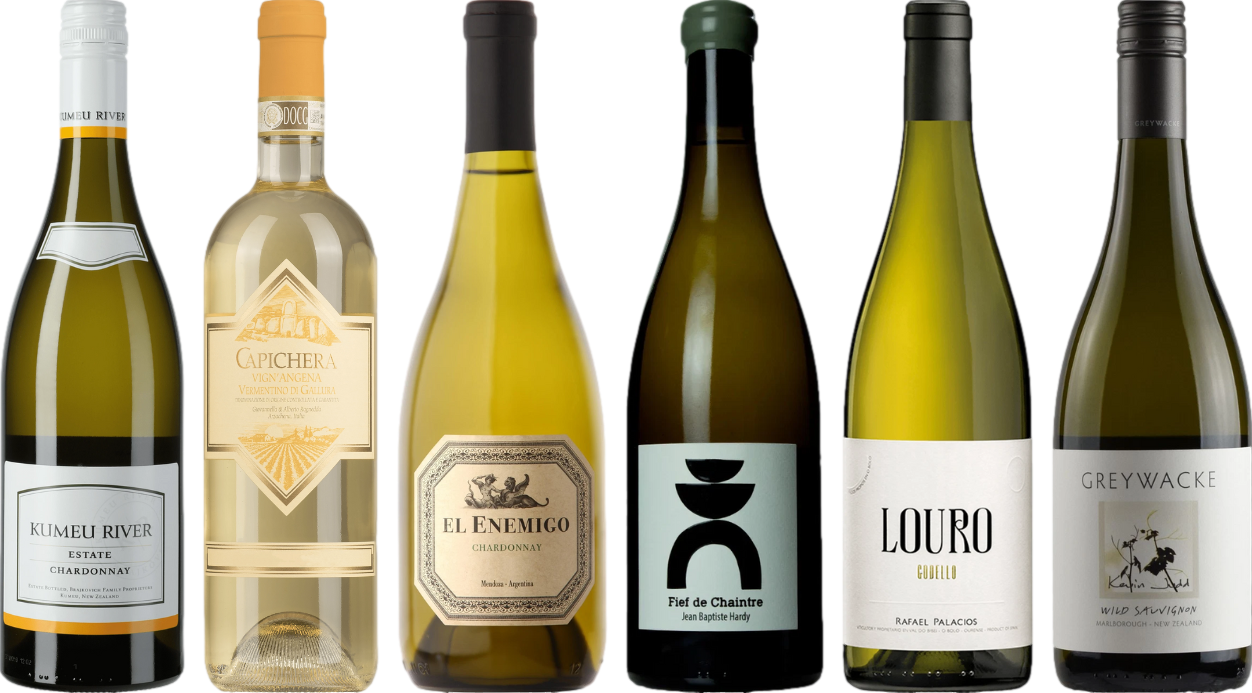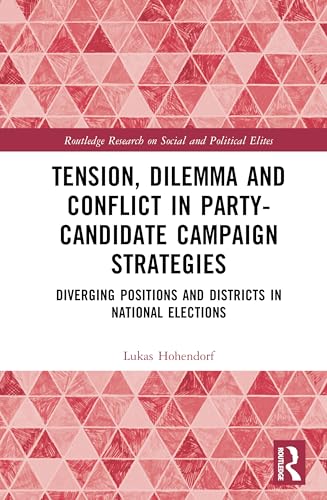



Typically, a sealed bottle of white varietals maintains its quality for about two to three years from the date of purchase. For certain premium selections, this can extend to five years or more, depending on the grape variety and production methods. Proper storage conditions play a crucial role in preserving the flavors and aromas.
To ensure optimal preservation, store these bottles in a cool, dark place with stable temperatures, ideally between 45°F and 65°F. Avoid exposure to direct sunlight and significant temperature fluctuations, as these factors can accelerate degradation. Humidity levels should also be monitored, with an ideal range of 50% to 70% to keep corks from drying out.
Once the seal is broken, however, the dynamics shift significantly. A bottle should be consumed within a few days after opening to fully enjoy the intended taste profile. Understanding these variables helps in making informed choices when selecting and storing your favorite varietals.
Optimal Duration for Sealed Bottles of White Varietals
Typically, sealed bottles of this type can remain in prime condition for about 2 to 3 years if stored properly. Certain exceptional labels, particularly those with higher acidity and sugar levels, may last up to 5 years or more, depending on their origin and winemaking techniques.
Storage conditions play a vital role in maintaining the quality of the beverage. Ideal circumstances include a cool, dark place with a consistent temperature between 45°F and 65°F (7°C to 18°C), away from direct sunlight and vibrations. Humidity levels should be around 50% to 70% to prevent cork deterioration.
| Type | Typical Longevity | Storage Recommendations |
|---|---|---|
| Standard White | 2-3 years | Cool, dark environment |
| High-Quality Varietals | 5+ years | Consistent temperature, moderate humidity |
| Sweet Whites | 5-10 years | Stable temperature, minimal light exposure |
After the suggested duration, the flavor profile may begin to decline, leading to a less enjoyable experience. It’s wise to check the wine periodically if you’re unsure about its status, especially if it has been stored for an extended period. A simple taste test can reveal whether the character remains intact or if it has diminished over time.
Understanding Wine Shelf Life
Storing bottles at consistent temperatures between 45°F and 65°F (7°C to 18°C) is optimal. Fluctuations can negatively impact taste and aroma. Light exposure should be minimal; dark environments preserve quality. Avoid areas with strong odors, as wine can absorb them.
Typically, a bottle can retain its character for 1 to 3 years. However, specific varieties may age differently. Chardonnays, for instance, may develop gracefully over a couple of years, while others might start losing their charm sooner. Always check labels for specific recommendations.
Keep corks moist to prevent air from seeping in, which can spoil the contents. Horizontal storage is beneficial for this reason. If a bottle has been stored upright, consume it sooner rather than later.
Once opened, consumption within a week is advisable for optimal taste. Consider investing in vacuum sealers or wine preservation systems to extend enjoyment after opening.
Regularly revisiting your collection ensures that you enjoy every bottle at its peak. Trust your senses; if a bottle seems off, it’s best to err on the side of caution and not consume it.
Factors Influencing Longevity of White Wine
Storage conditions play a significant role in determining the lifespan of bottled grape juice. Keep bottles in a cool, dark place away from direct sunlight, ideally between 45°F and 65°F. Fluctuations in temperature can lead to premature aging and spoilage.
The closure type also impacts preservation. Corks allow tiny amounts of oxygen to interact with the liquid over time, which can be beneficial for some varieties but detrimental for others. Screw caps provide a tighter seal, often leading to a fresher product for longer periods.
Acidity levels in the liquid are crucial; higher acidity tends to enhance longevity. Varieties like Sauvignon Blanc and Riesling, known for their crisp acidity, can last considerably longer than those with lower acidity.
Alcohol content is another factor. Generally, wines with higher alcohol percentages age better due to their natural preservative qualities. Look for options that sit around 13.5% to 15% alcohol for potentially extended shelf life.
Lastly, grape variety matters. Some types are crafted for immediate enjoyment, while others, like Chardonnay and Semillon, develop complexity with time. Understanding the characteristics of each variety will help in selecting bottles that align with aging potential.
Storage Conditions for Optimal Preservation
Maintain a consistent environment with a temperature range between 45°F and 65°F (7°C to 18°C). Fluctuations can harm the integrity of the beverage. Aim for a cooler setting, ideally around 50°F (10°C), to enhance preservation.
Humidity Levels
Humidity should hover around 70% to prevent corks from drying out. A dry cork can lead to oxidation, compromising the drink’s quality. If your space is too dry, consider using a humidifier or storing bottles in a wine cooler that maintains appropriate moisture levels.
Light Exposure
Shield bottles from direct sunlight and harsh artificial lights. Ultraviolet rays can degrade the contents, leading to undesirable flavors. Store in a dark area or use tinted bottles to provide an extra layer of protection.
- Keep bottles horizontally to ensure the cork remains moist.
- Avoid vibrations from appliances or heavy foot traffic, as they can disturb sediment and alter flavors.
- Store away from strong odors, which can permeate through the cork over time.
Following these conditions will significantly enhance the potential for enjoying your collection at its best. Adhering to these guidelines ensures greater longevity and satisfaction when savoring each pour.
Identifying Signs of Aging in Unopened Bottles
Assess the appearance of the label. A faded or damaged label can indicate prolonged storage, which may affect the contents. Look for discoloration, especially near the edges, as this can signify exposure to heat or light.
Inspect the cork. If the cork is protruding or shows signs of leakage, this might suggest that the bottle has been compromised. A well-preserved cork should be flush with the bottle’s neck and free from mold.
Examine the liquid level. A noticeable drop in the liquid level, known as ullage, can be a warning sign. Ideally, the wine should be at or near the shoulder of the bottle; significant drops may indicate evaporation or deterioration.
Check for sediment. While some sediment is normal in aged varietals, an excessive amount can point to a wine that has surpassed its prime. Clear, well-stored bottles should show minimal sediment buildup.
Consider the vintage. Understanding the specific year and its characteristics can provide insights into the aging potential. Some varieties are designed to mature gracefully, while others may not fare as well over time.
Lastly, take note of the storage history. If available, inquire about the conditions in which the bottle has been kept. Consistent temperatures and appropriate humidity levels are crucial for maintaining quality.
Different Types of White Wine and Their Durability
Riesling can maintain its quality for 10 to 20 years if stored correctly. This aromatic varietal, especially from regions like Germany, often improves with age, developing complex flavors.
Sauvignon Blanc typically lasts about 2 to 3 years. Known for its crisp acidity and vibrant fruit flavors, it’s best enjoyed fresh and youthful.
Chardonnay presents a varied lifespan. Non-oaked versions generally stay enjoyable for 3 to 5 years, while oaked Chardonnays can age up to 10 years or more, gaining richness and depth over time.
Pinot Grigio is best consumed within 2 years of bottling. Its light, refreshing qualities are optimal when enjoyed young.
Semillon can age impressively, especially those from Australia, lasting up to 10 years or longer. This varietal can develop intriguing honeyed notes and complexity over time.
Vouvray, made from Chenin Blanc, can last between 5 to 20 years, depending on the style. Sweet variations age beautifully, evolving into rich, luscious wines.
Each type showcases a unique profile, influencing its longevity. Understanding these characteristics helps in selecting the right bottle for future enjoyment.
Best Practices for Enjoying Older White Wines
When savoring aged bottles of white varietals, pay attention to the following recommendations to enhance your experience:
1. Proper Decanting
Decanting can significantly improve the flavors and aromas. Pour the liquid into a decanter and allow it to breathe for at least 30 minutes before tasting. This process helps to aerate the wine, releasing its complex notes.
2. Serving Temperature
Serve at a slightly warmer temperature than you might for younger options. Aim for 50-55°F (10-13°C) to fully appreciate the nuanced characteristics of older varieties.
3. Pairing with Food
Consider food pairings that complement the wine’s profile. Richer, buttery dishes or light, creamy sauces enhance the experience. Here are some suggestions:
- Grilled fish with lemon and herbs
- Roasted chicken with creamy sauces
- Soft cheeses like Brie or Camembert
4. Glassware Selection
Utilize appropriate glassware designed for aromatic enhancement. A wider bowl allows for better aeration, while a tapered rim focuses the scents, providing a more engaging tasting experience.
5. Monitor Aging Potential
Keep an eye on the age and condition of your bottles. While some may improve over time, others may start to decline. If you have any doubts, consider using a high-quality best compact digital camera with image stabilization to document your collection. This way, you can track changes and identify when to enjoy each bottle at its peak.
By following these guidelines, you can fully enjoy the intricacies of older white varietals, making every sip a memorable one.









